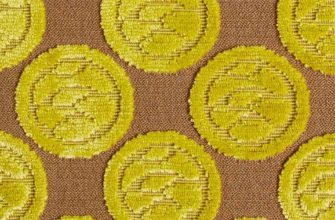Every tailor has one common "magic wand", which is double-sided interlining. It is this material that prevents fabric deformation and makes products wear-resistant. It must be glued when there is a need to strengthen the edges of the fabric. Interlining is not affected by the change of seasons. It remains popular both in the creation of thick outerwear and in sewing light summer outfits.
What is interlining?
Flizelin is a material made from cellulose, which is why it is often compared to paper. Each manufacturer modifies this fiber in its own way, mainly adding polyester, which makes the non-woven lining material stronger.

Mainly white or beige fabric is used. However, there is also dyed lining material, which is made to match bright fabrics. Depending on the application, cellulose fabric has different thicknesses. Non-woven fabric is produced in rolls about 100 m long and 30 to 150 cm wide.
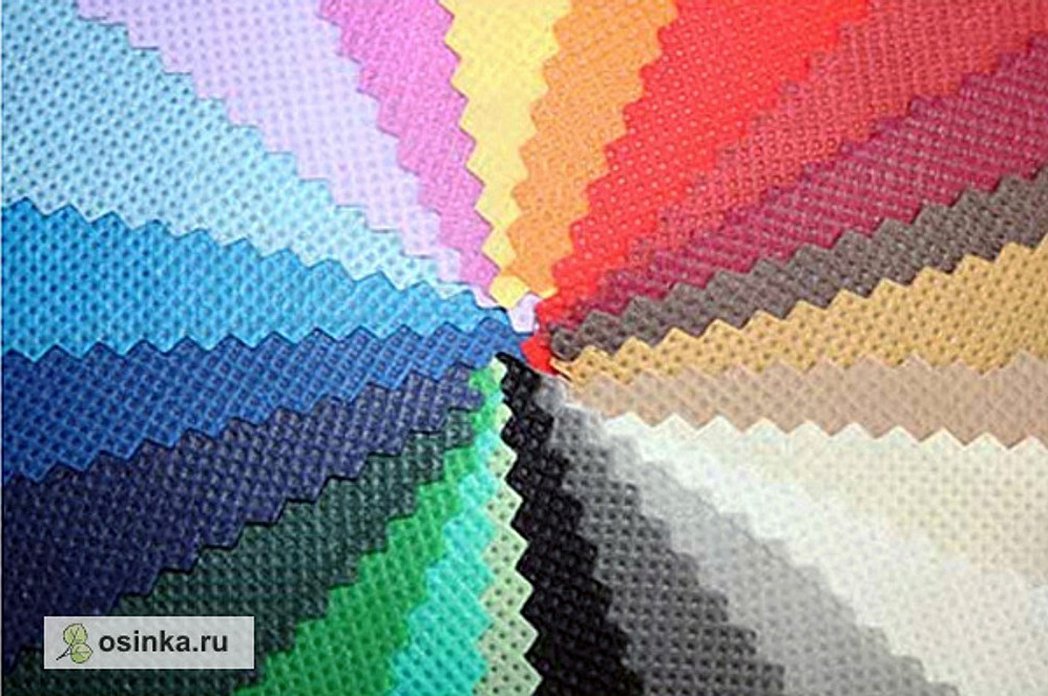
Varieties
There are 3 types of non-woven fabric:
- Adhesive.
This type is a canvas with glue applied to it. It can be located on the entire surface or applied only in dots. Double-sided adhesive interlining, the surface of which is completely covered with glue, is needed if small details need to be given rigidity. If the item should remain airy and light, but at the same time keep its shape, then you need to glue the canvas with a dotted coating. Adhesive interlining for fabric is attached to the surface forever thanks to the iron.
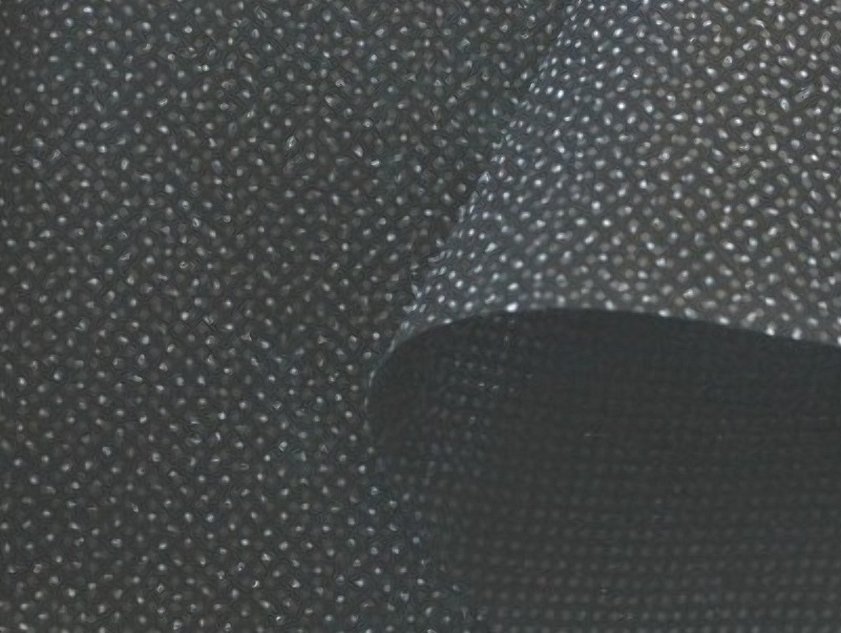
- Non-adhesive.
It is divided into 2 subtypes: tear-off and water-soluble. Both types are easily removed from the surface of the fabric, so they are very popular with needlewomen. Non-adhesive fabric is not used when it is necessary to hem the edge of clothing. It is well suited for embroidery. Thanks to the water-soluble type of lining material, the threads lie on the fabric evenly and smoothly.
- Thread-stitched.
This is the most durable type, since it is quilted with threads on top for strength. Such material helps maintain the strength of the fabric and prevents stretching of the cuts. It does not add weight and does not deform, and tolerates washing and dry cleaning well. It is mainly used for duplicating relief fabrics.
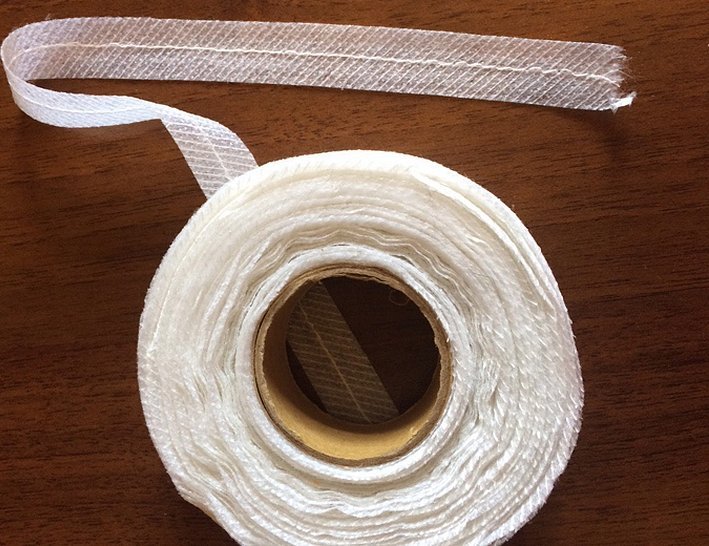
Additional information! Sometimes you have to glue a non-woven thread-stitched edge. It is cut from a regular canvas. Such a tape can be from 1 to 5 cm. To make the edge more durable, it is stitched with a thread and reinforced with a soutache cord. This tape is mainly used to process the edges of trousers or skirts.
In sewing production, a certain brand of interlining is suitable for different types of fabric:
- H-180 - can be used to attach viscose, silk and wool fabric;
- H-200 - used for duplicating lavsan, viscose and cotton fabrics;
- H-410 - this type consists of stabilizing threads, therefore it is ideally combined with light and heavy types of fabric;
- C-405 - used in working with silk and viscose fabrics;
- E-420 - can be used to glue patent leather, artificial leather and velour.
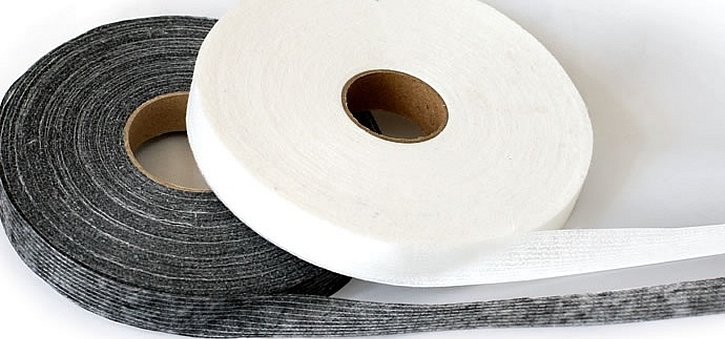
Scope of application of non-woven fabric
How to use interlining adhesive for fabric? The role of lining material is enormous. Each person is surrounded by things in the production of which this fiber was definitely used. It is used in various areas, the main ones being:
- Sewing clothes. Linings, pockets, cuffs, collars, seams of outerwear - all these details of elegant knitwear are created using interlining.
- Handicraft. There is a special type of lining material with special markings that are used for embroidery. After the first wash, the material dissolves and only the embroidered pattern remains on the fabric.
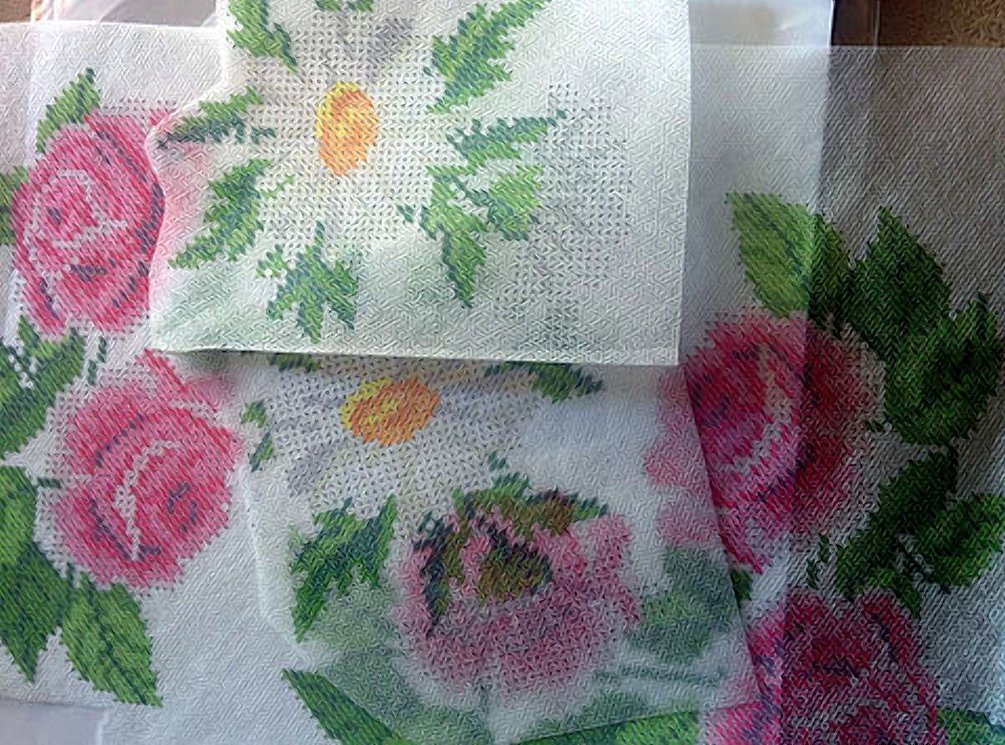
- Construction and finishing works. Even wallpapers are made on the basis of non-woven fabric, which serve as an excellent decoration for walls. With the help of this fabric, the concrete porous surface is smoothed, which will need to be plastered.
- Medicine. Soluble cloth is used as a dressing material.
How to properly glue interlining to fabric - step-by-step instructions
Not everyone knows how to glue interlining to fabric with an iron. Although this process is not at all complicated, all actions must be performed clearly, following the rules, otherwise, over time, the clothing parts will begin to deform, and the interlining itself will peel off.
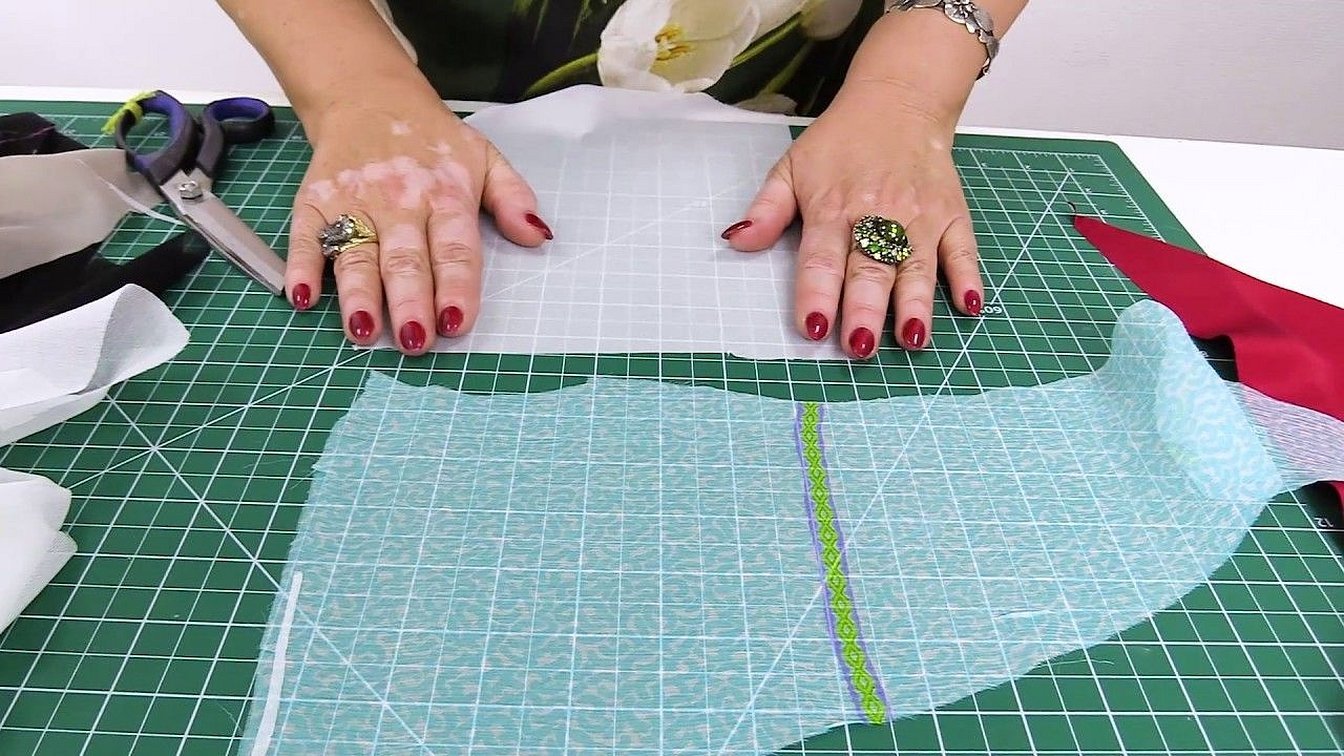
To avoid trouble, you need to:
- Cut the material only along the edge.
- Before you start gluing non-woven material, you need to choose the right temperature setting for the iron, which will work well for both materials (for interlining and the fabric being duplicated). For example, if you need to duplicate silk, you need to choose the temperature specifically for it. If you need to duplicate wool, then set the average temperature.
- The material can only be glued in dry conditions.
- To avoid damaging the fabric, cover it with a piece of gauze or calico.
- It is strictly forbidden to iron the surface of the fabric. Otherwise, the adhesive side will stretch, and the material will develop bubbles and become deformed.
- The iron is simply moved from place to place, with pauses of 10 seconds.
- After gluing, the material is left to cool. If this is not done, the canvas may become deformed.
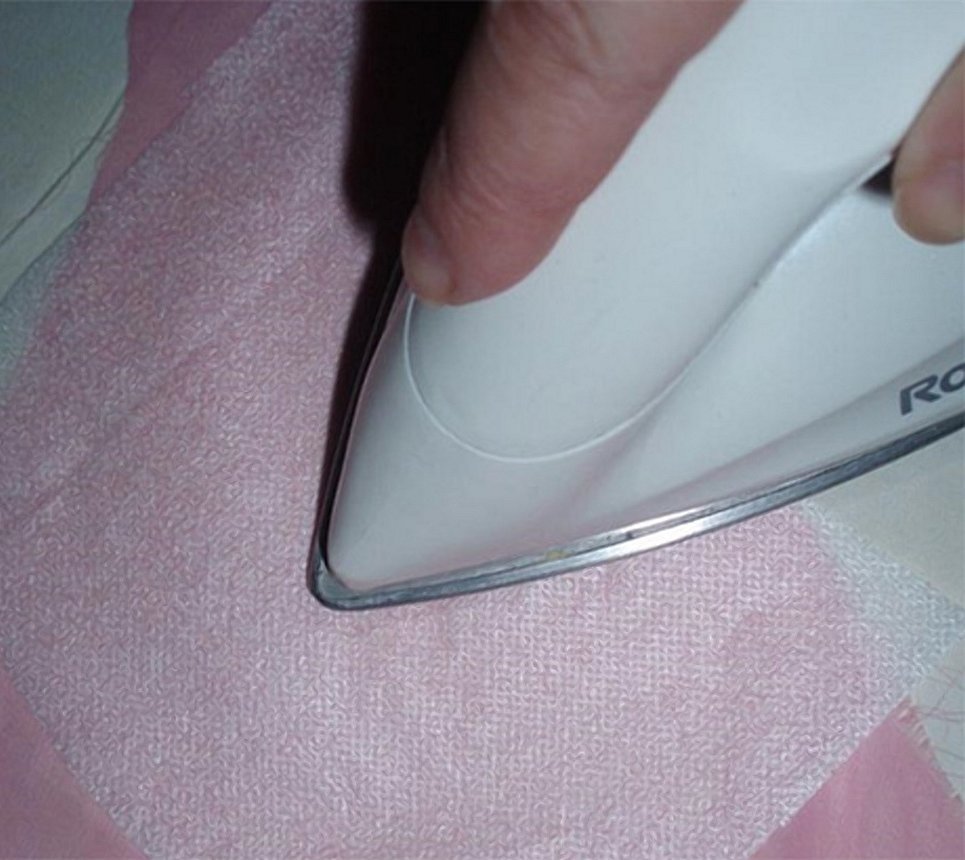
Advantages and disadvantages
There is no ideal material in nature, so non-woven fabric also has its pros and cons.
The main advantage of the lining fabric is its low cost. It does not require large financial costs, so the material can easily be purchased in reserve, so as not to go to the store for a piece of fabric every time. Another positive quality is the lining fabric of the rigid modification. It can easily restore its shape.
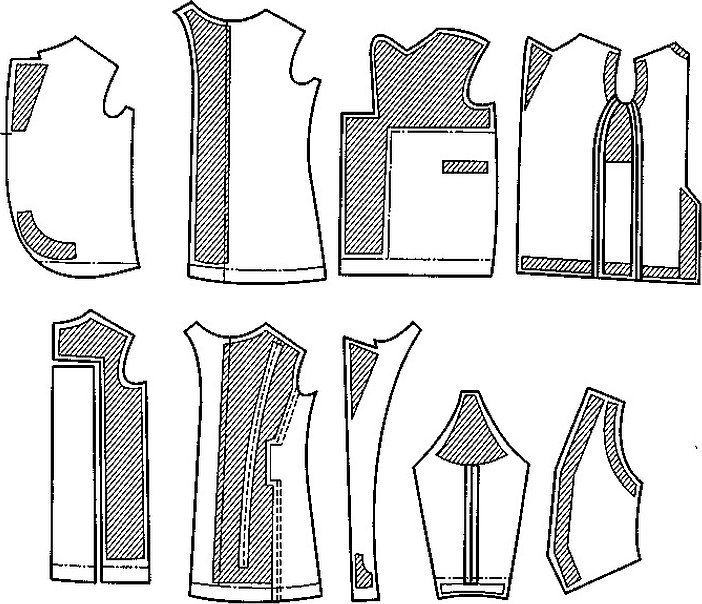
The following characteristics can be highlighted as disadvantages of non-woven fabric:
- If you use a loose interlining for sewing, it can quickly tear. If you choose a dense fabric, the material will be too stiff.
- It deforms quickly. In places of bends, interlining will not serve for long, because it quickly breaks there.
- Poor wear resistance. If the non-woven lining is not covered with another fabric on top, it will quickly deteriorate.

Be that as it may, interlining remains the most suitable material for gluing small parts of clothing. It will strengthen and shape any outfit, making even the most demanding fashionista happy. The main thing is to have the right approach to working with this lining material and know exactly how to glue interlining to fabric.
https://www.youtube.com/watch?v=NmHrD-pWXiM



